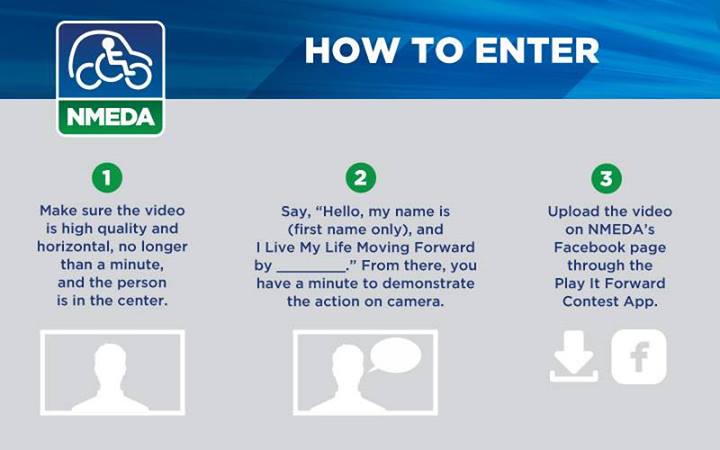Having a disability can make getting around and doing everyday activities difficult. Simple things like taking a shower, going to the store or even moving around your house can be a challenge for someone with limited mobility.
Getting a wheelchair or scooter is usually the first step, but there are several other mobility aids that either work in tandem or in addition to those to help you do the things you need to do. Once you have a wheelchair or scooter, there are upgrades you can make to your home to increase wheelchair accessibility there, but those don’t necessarily give you additional mobility. If you are looking to gain better mobility both inside and outside of your house, try any of the mobility equipment options below.
Transfer Board or Slider
While going out is often a major challenge, sometimes getting around within your house may be even more difficult. Getting onto a bed from a wheelchair, for example, requires strength, time and often another person. Luckily, there are transfer boards or sliders available to help facilitate the process. Wheelchair users place one end of the board under them on their wheelchair seat and slide across to the other end, which is set on their destination.
Bath Lifts
Bath lifts help those with limited leg mobility get into the bathtub. They attach to the tub and act as a seat for the wheelchair user to transfer to when they are ready to bathe. Once the user is sitting on the lift, it swings around and lowers within the tub. When the user is ready to get out, the seat can raise back up and out, preventing dangerous slipping. Other, simpler bath accessories include bath chairs, which act more as transfer seats that extend past the tub so the wheelchair user can safely slide across and under a shower head without using too much strength.
While living with a disability may make performing certain tasks more difficult, mobility equipment is available to help ease these challenges. Check online or with a mobility equipment dealer to find out where you can get these mobility aids.
Mobility Vehicles
If you use a wheelchair and don’t have a mobility vehicle, going anywhere can be a challenge. These are more expensive than many other types of mobility equipment, but there are plenty of options — and you may even be eligible for financial assistance. If you can’t afford to purchase a vehicle of your own, many dealers also offer rentals for much less.
Steering Aids
Whether you buy a mobility vehicle or simply transfer from your wheelchair to a car seat, you may need the ability to drive. There are different steering aids available to help you do so, depending on your abilities, including:
- Steering Attachments: Extensions, such as knobs, gloves or balls, attach to the steering wheel to make it easy for those with limited arm function to turn the wheel with one hand or arm.
- Foot Controls: Attachments on the ground give those with limited use of their hands the ability to steer and control the vehicle with their feet.
- Loosened Steering: Drivers without adequate upper body strength can turn the wheel without requiring much effort with a simple steering modification.
- Automatic Controls: A driver with limited leg mobility can steer, accelerate and brake with their hands using one piece of equipment that can be mounted in the driver’s area.


